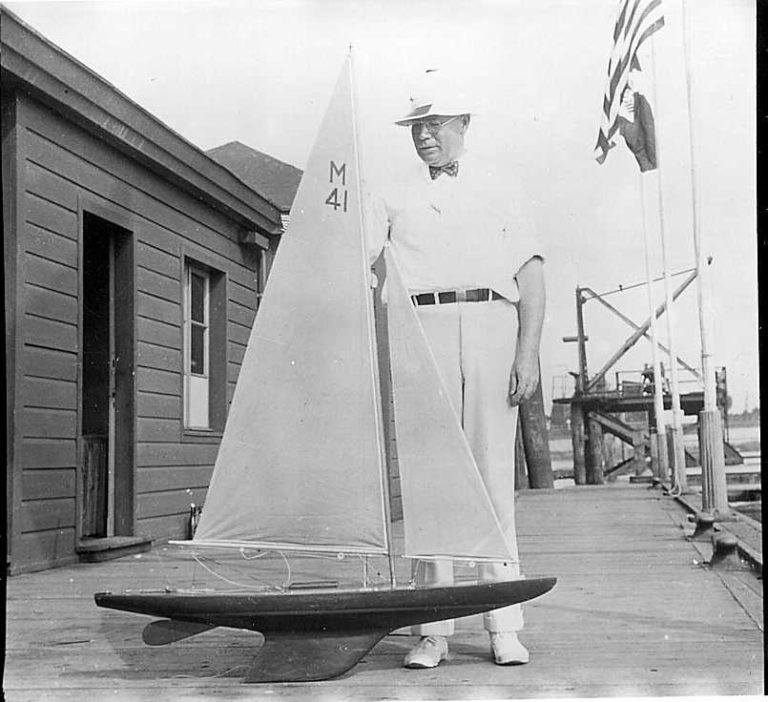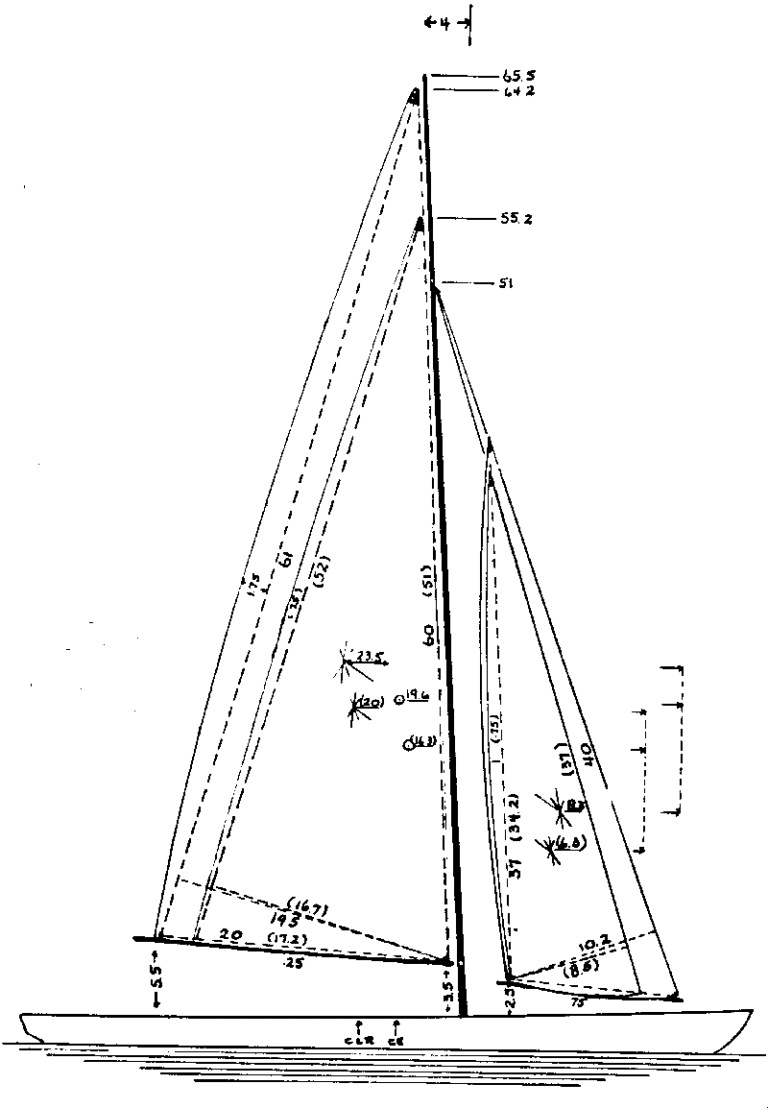
History of the Marblehead Class
The 450 class was being modified; the sail area was settled at 800 in2, and the single most popular class in the history of model yachting was launched.

The 450 class was being modified; the sail area was settled at 800 in2, and the single most popular class in the history of model yachting was launched.

This report doesn't deal with specific rule changes, but it discusses the interesting concept of assigning boats to the Traditional or High Flyer division based on properties of the boat rather than relying strictly on the design year because that is often unknown or murky.


This report discusses more suggested changes to the rule including the use of modern materials and fiberglass hulls. It reviews and discusses nine proposed changes and gives their approval status.

This is a short report inviting members to submit rule change proposals.

This report discusses three new suggested changes to the VM rule and gives details on sail measurement and "headboards".

This report discusses the new VM rule based on the 1954 M Class rules. It gives details of the Traditional/High Flyer split around 1945 and discusses the "controversy" over the spade rudders. It also talks about possible changes to the rule and whether there might be meassurement certificates.

This is an early R/C Marblehead rule "to stimulate thought and discussion about the topic of Vintage R/C rules. " They were written specifically for Redd's Pond.

Here in Wisconsin, where skippers frequently encounter high wind velocities during the course of our model yacht racing season, it is almost essential that our craft be equipped with first, second, and even third suits of sails, while the hulls themselves remain of such a design as to be driven easily on those days when the winds are light. This situation compels may of us to make more than a casual study of our sail requirements.